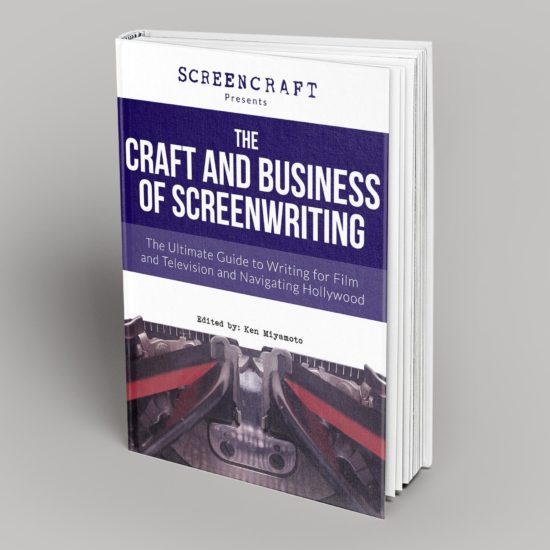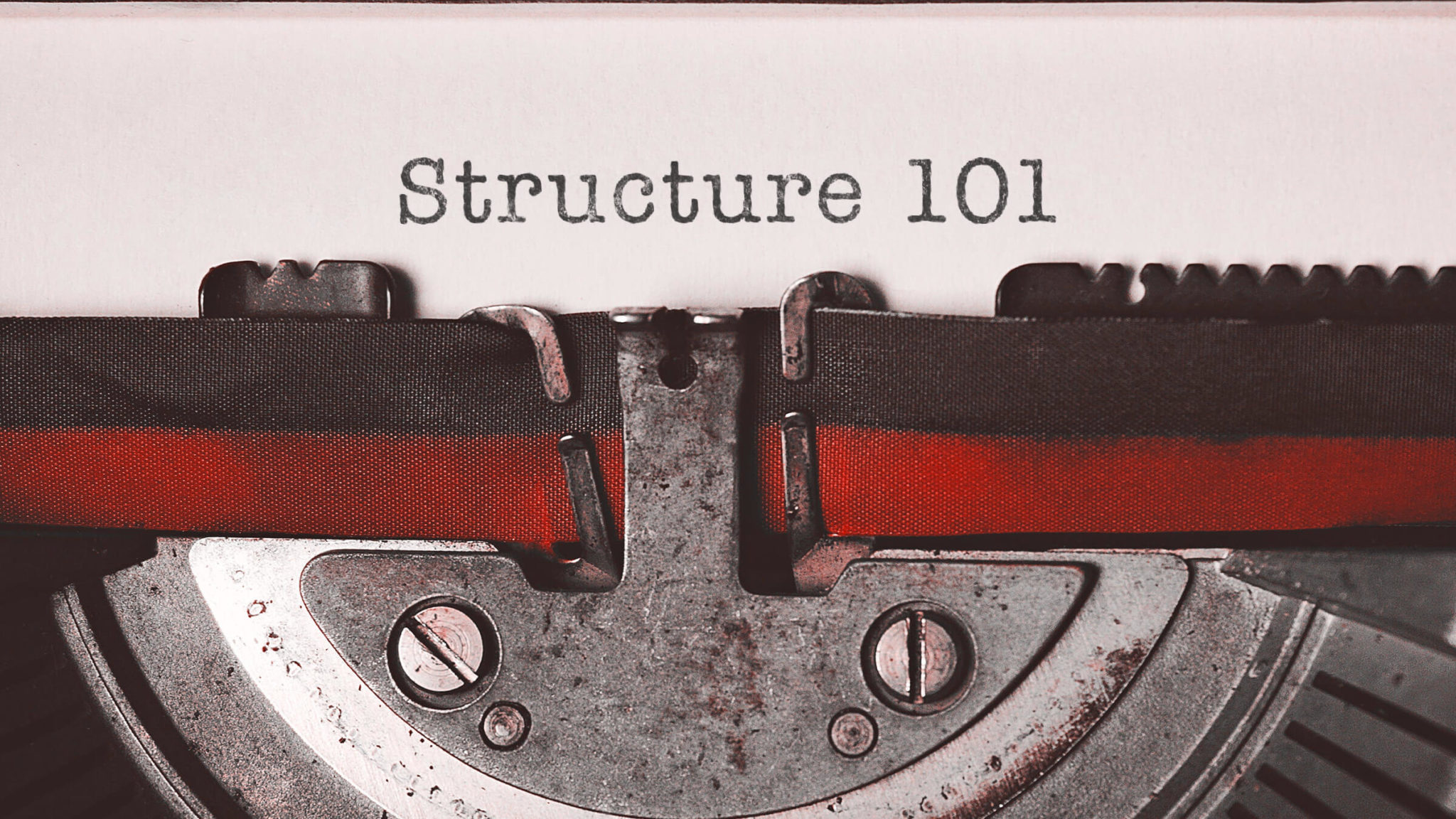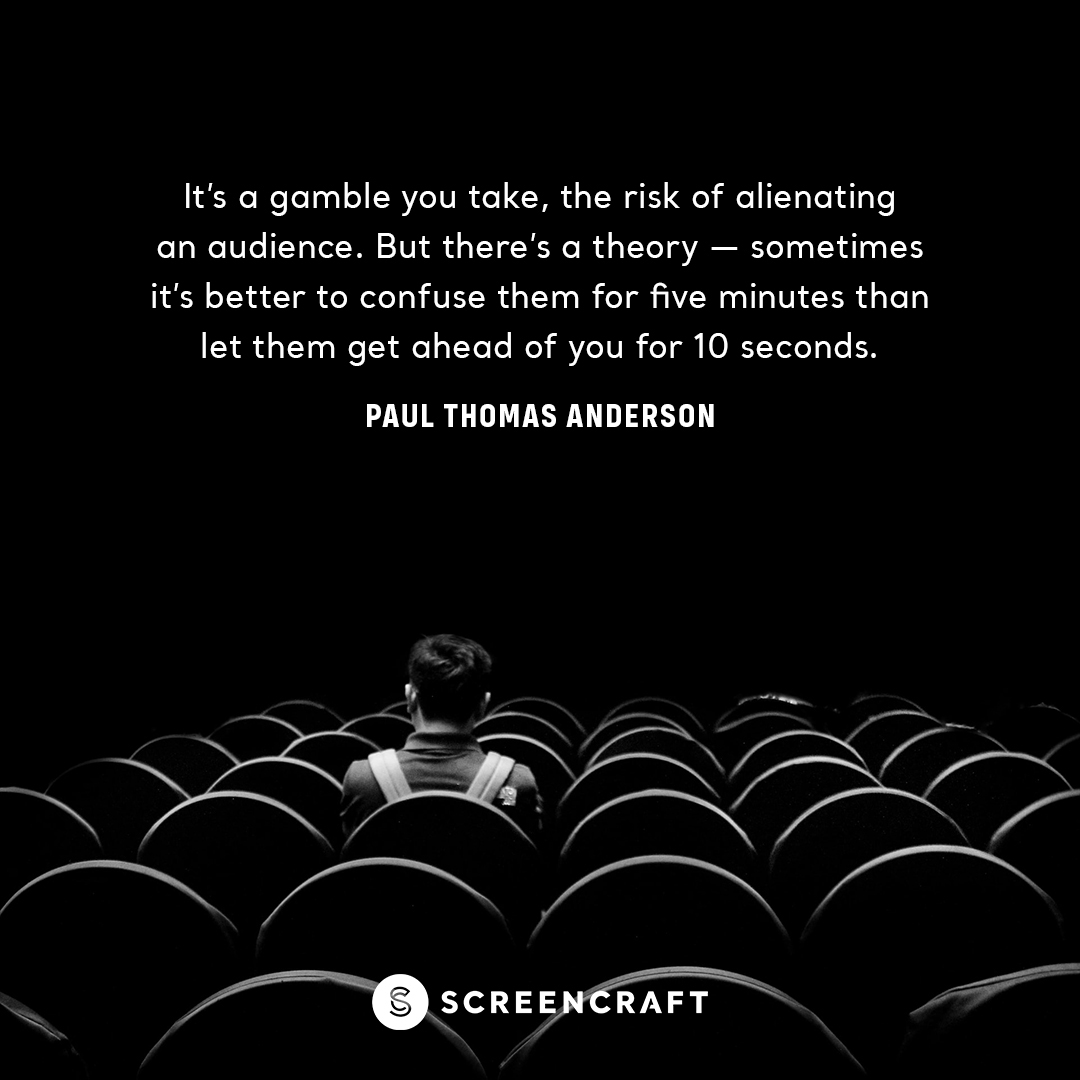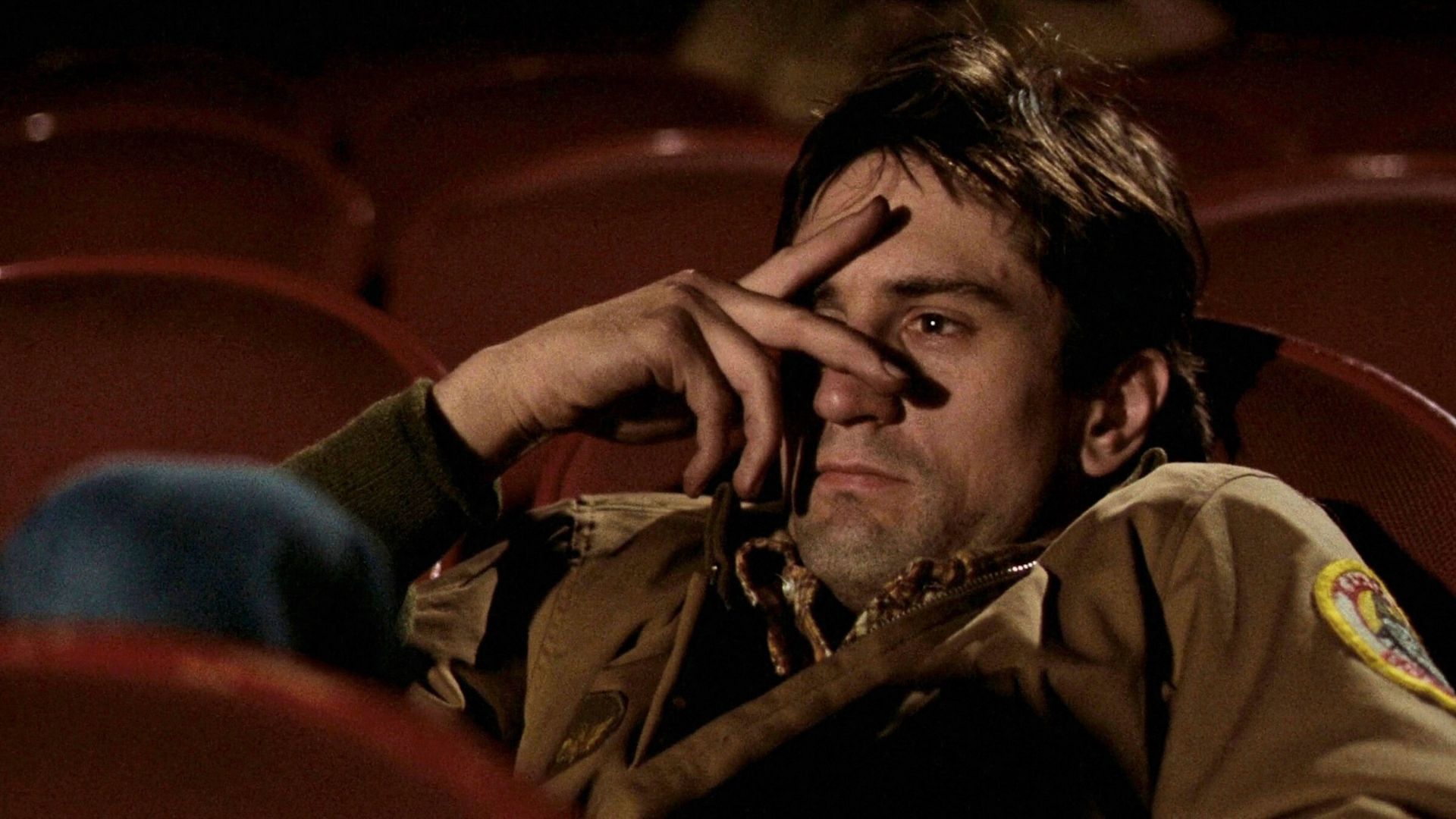7 Screenwriting Tips to Utilize After Constant Rejection

Your screenplay is done and you’ve sent it out to several people or contests with no luck. But your writer friends love the script. They say it’s good.
In a case like that — which happens to most of us now and then — there are often hidden things we can still do to make the screenplay shine in the eyes of the powers that be.
Many of the screenwriters I’ve worked with have gone on to contest wins, staged readings, options, or industry jobs. Some tiny, last-minute changes in their scripts created their successes.
1. Look on Page 2 for the Great Thing That Should Be on Page 1
Look at anything that might hook us and move it up: dialogue, description, action, or setting elements. Invariably, after writers do that, the script takes on a new tone with better pacing.
2. Hook Me at the Top and Bottom of Every Page
Sure, “everything” is supposed to hook us, but focusing on “top/bottom” through one draft will allow you to become a master of hooks. You’ll spot scenes that have meandered. What used to be 3 pages will now become 2 fast-paced pages. You’ll also spot lame words you can change to words that create sparks in our imagination.
3. Get Rid of Widows
The widow is that leftover word — or two or three — that sits alone on a line, thus taking up expensive space on a page. By looking for words hanging out alone, you’re forced to find a sharper way to say things. Your pacing improves, too. You will also find more room for adding important story elements you might have left out.
4. Check for Contrasts
Do the scenes switch between interiors and exteriors enough? Slow action to fast action? Big objects to small objects? Dry landscapes quenched now and then by water? Humor between the serious moments? Identify and map out the contrasting elements in your pages. See where you have too much “sameness” happening for too many pages. Change things. Become more cinematic.
5. Check Your Draft for All 5 Senses (what we see, smell, taste, touch, and hear)
Swap out generalities for specifics where it counts.
Look for opportunities to bring us into the scenes more. We taste, smell, and touch it in our imagination. Make a producer drool over your dinner scene, or feel the textures of something. Beginners will write “They eat in the restaurant,” but a producer might perk up more if you say, “They devour fried cheddar cheese curds with a dark microbrew at Bob’s Diner.”
Create a real world with all 5 senses, BUT don’t over-do it on every page. This trick needs to be finessed.
6. Stack the Action in Your Scenes More Often
Layer it. It’s far more interesting to watch two or three things unfolding simultaneously.
A writer I worked with recently had a character hiding behind a rock and aiming a weapon to shoot a bad guy. Boring. We’ve seen that too many times. I reminded the writer that his character was wounded, bleeding, in pain, and had another character standing next to him. The writer put all of those things into motion simultaneously. His new page had the guy bleeding more heavily through the bandages that were now falling off, had a troublesome bird of prey possibly revealing his position, and a disagreement was ongoing with the other character while our bleeding protagonist was trying to steady the gun on the bad guy. The writer used only 4 or 6 more lines on the page. The result was a vivid scene with more tension that revealed more about the characters.
7. Add an Important Object That Matters to Your Main Character
Audiences and script readers will automatically be riveted to find out what becomes of that object. An object is a literary device, and good writers of scripts and novels use them all the time to reveal character traits, emotions, and themes, and to build plots.
The best objects are those we can hold in our hands. Using a building as an object, for example, is possible, but not as precious as a gold coin your character inherited from a grandfather.
There are two sayings that seem to hold true about the usage of objects. The first is that most great movies are about the pursuit of an object. Such a pursuit helps form the plot action in Star Wars: The Force Awakens. The second saying is that the moment you introduce a gun into the middle of a scene, our interest goes up. Replace the gun by any significant object. Add your form of a “gold coin” and see what happens. An object can lift your script into another sphere of storytelling.
Take your screenplay through one more draft with these small tricks in mind and your writer’s “voice” will be stronger. Your pages will exude more energy. And producers will find it hard to pass on a writer with a script that speaks to them with such attention to detail and well-executed craft.
Christine DeSmet is an award-winning screenwriter and novelist who teaches at University of Wisconsin-Madison Continuing Studies, including the online coaching course, “Screenplay: Write Your First Draft Fast.” She’s a speaker at the upcoming Writers’ Institute conference, April 15-17, 2016, in Madison, and director of the June 13-17 Write-by-the-Lake Writer’s Workshop & Retreat.
Get Our Screenwriting Newsletter!
Get weekly writing inspiration delivered to your inbox - including industry news, popular articles, and more!



























